How To Fill A Raised Garden Bed: Cheap And Free Solutions You Need To Start Now
Filling a raised bed with new soil can be costly. These inexpensive solutions will enable you to get the most out of your growing space while being more sustainable.
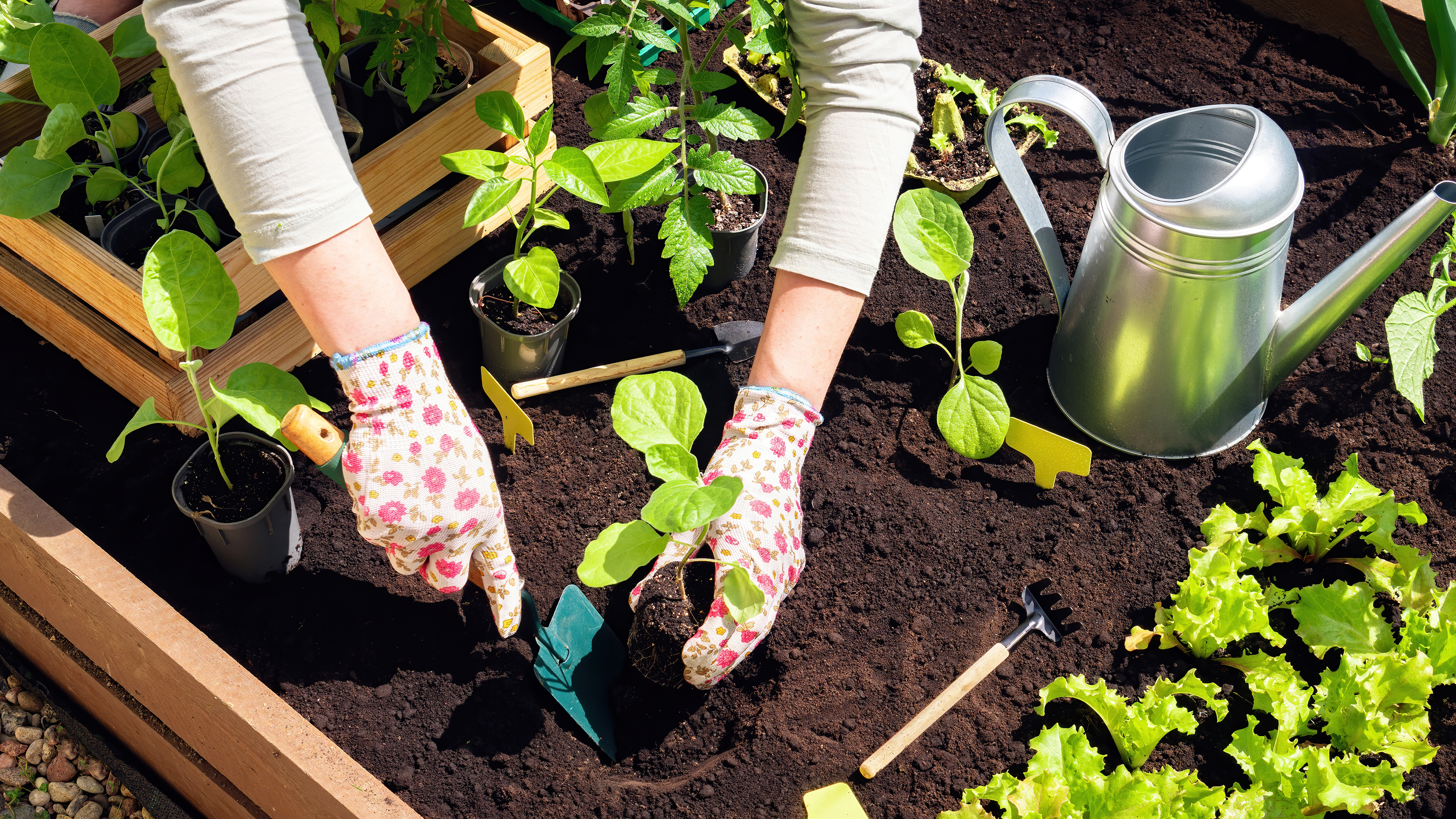

Melanie Griffiths
Raised beds offer many benefits, providing a flexible growing zone tailored to specific plants. More unique raised garden bed ideas can also add architectural appeal to a yard, enabling you to make the most of a small space.
There are many clever inexpensive raised garden bed ideas. However, working out how to fill a raised garden bed cheaply – or for free – requires some forethought.
Even a small raised bed needs a lot of fill material. While you can purchase bags of soil at big box stores and nurseries, the large amount required means this is rarely the most economical solution.
Cheap soil for raised beds may be sourced in a variety of ways. Much of the soil can be made for free through layering and composting.
In this article, we delve into the best ways to fill raised beds on a budget.
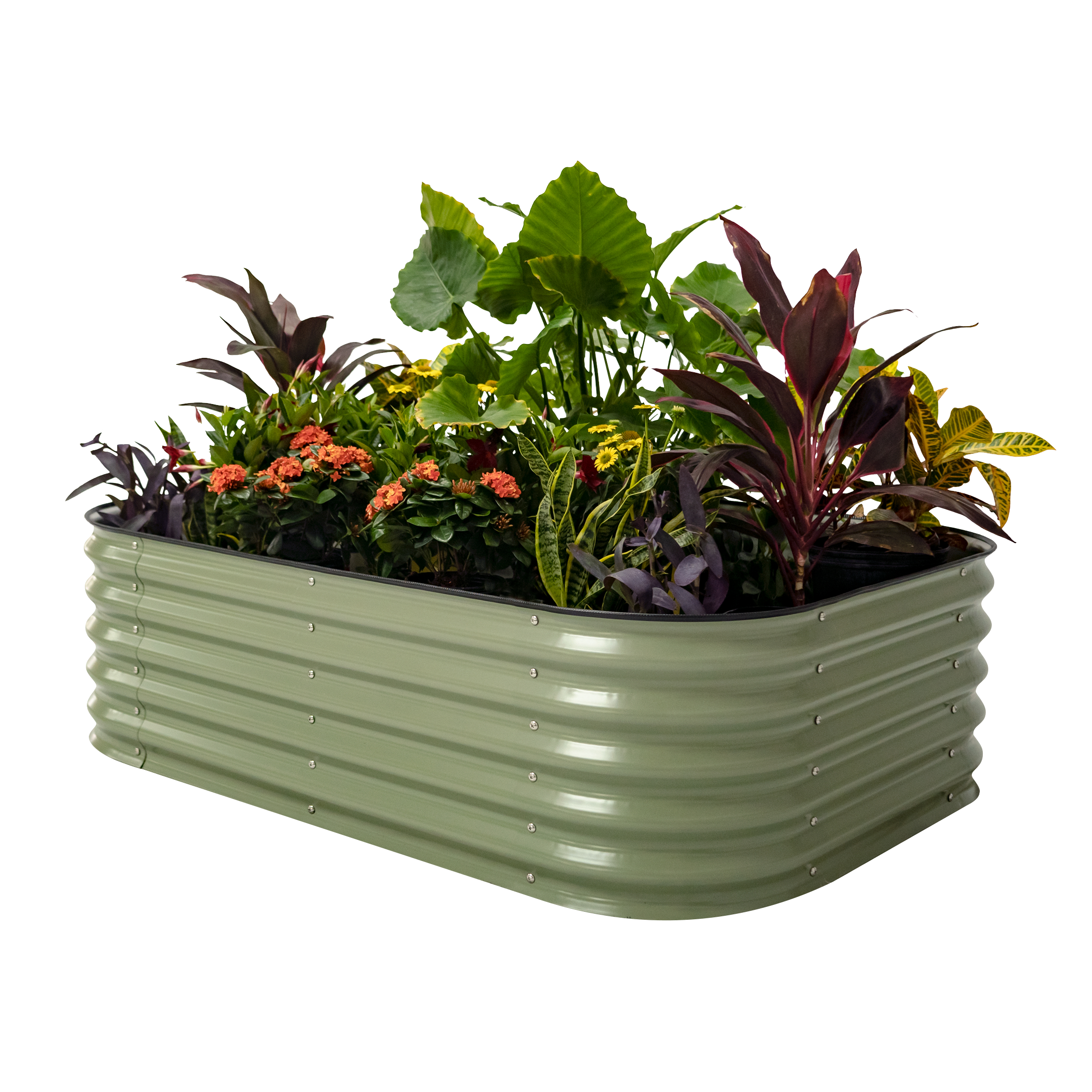
Vego offers one of the most comprehensive, high-quality raised garden bed ranges on the market. Available in a wide range of sizes and stylish colors in the new Gardening Know How Shop, the beds are made from rust-resistant, food-safe materials, and will last for decades.
The Right Type of Soil for Raised Beds
Selecting the right raised bed garden soil is crucial, as the plants' roots will be restricted to the confines of the bed. In general, most plants will thrive in well-draining, loose soil.
Unless you are blessed with excellent soil on your property, utilizing garden soil can lead to compaction, lack of nutrients, and poor percolation.
Gardening tips, videos, info and more delivered right to your inbox!
Sign up for the Gardening Know How newsletter today and receive a free copy of our e-book "How to Grow Delicious Tomatoes".
Often, making your own mixture will lead to better nutrient retention, root health, and overall plant performance.
A diverse variety of media will provide just the right amount of plant needs. The exact mixture will depend on which plants will be grown in the raised bed.
There are four main types of soil: sandy, clay, silt, and loam. Loamy soil is a combination of the other three types and is an ideal planting medium for many plants.
If succulents or other water-wise plants will be grown, loose, gritty soil is preferable.
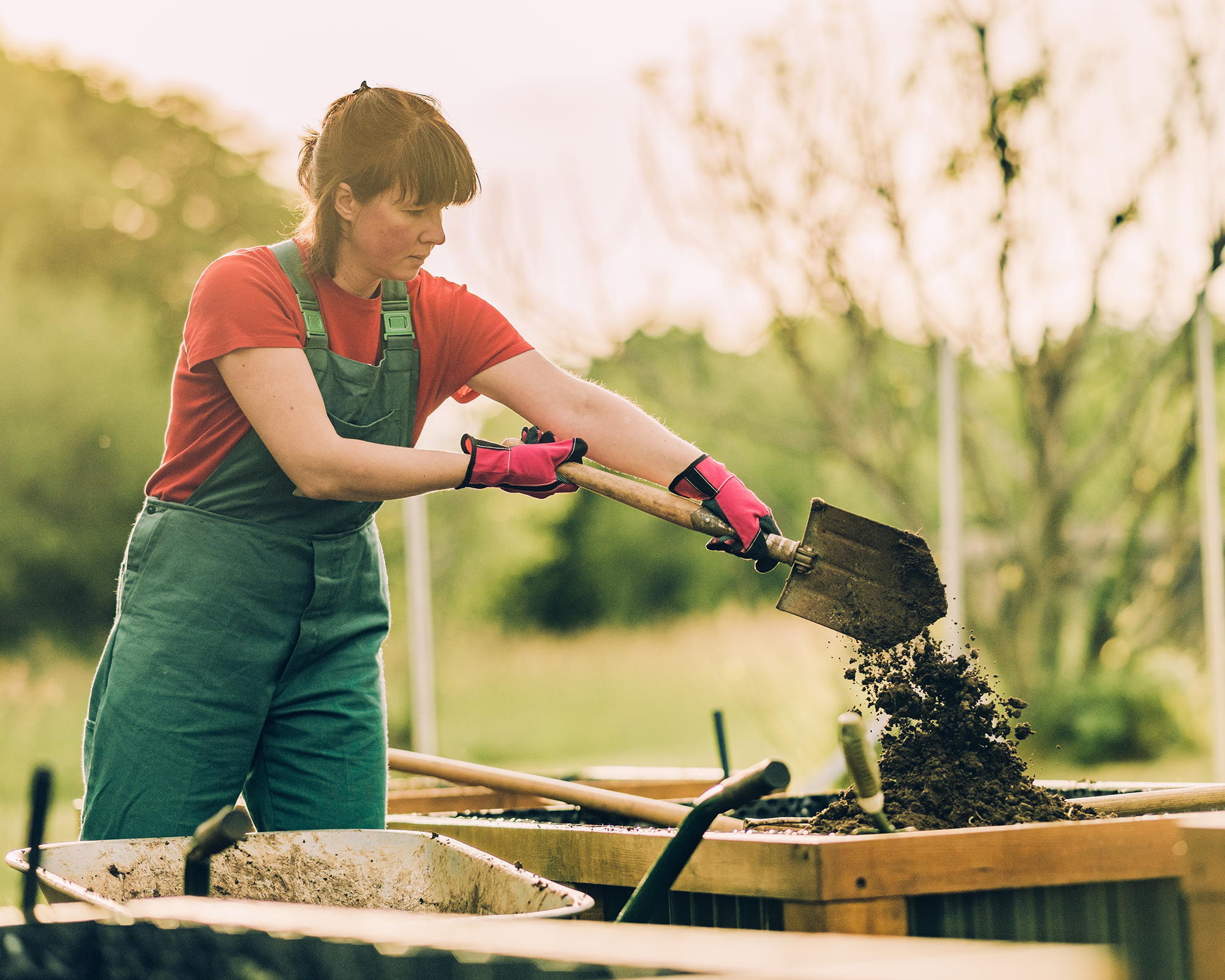
How Much Soil Do You Need?
Before you source soil to fill your raised beds, work out how much you need by performing a soil volume calculation. This will help to minimize costs by avoiding over-ordering.
You will need to know the size of your raised bed in feet, and the required raised bed soil depth in inches.
Soil in bulk is usually sold in cubic yards. One cubic yard equals 27 cubic feet (0.8 cubic meters). Alternatively, soil can be purchased in bags. A 40lb bag will cover 0.75 cubic feet.
To work out how many cubic feet of soil you require, multiply the raised bed width (ft) x length (ft) x depth (in), then divide the figure by 12 (the number of inches in a foot).
For example, a raised bed measures 4 feet wide and 6 feet long, and you want to fill it with 8 inches of soil. So, you would calculate 4 x 6 x 8 = 192. Divide by 12 to get 16 cubic feet, which equals 0.6 cubic yards.
Alternatively, use an online soil calculator to do the math for you.
Should You Source Free Soil?
It is possible to source soil for free if you can find someone giving it away locally. This often happens at construction sites. You may spot listings in the classifieds or online sharing sites.
However, the quality of the soil may be suspect. It could contain building rubble, invasive weed seeds or roots, or even be contaminated with chemicals.
Unless you know the source to be reputable, sourcing free soil may prove too much of a risk.
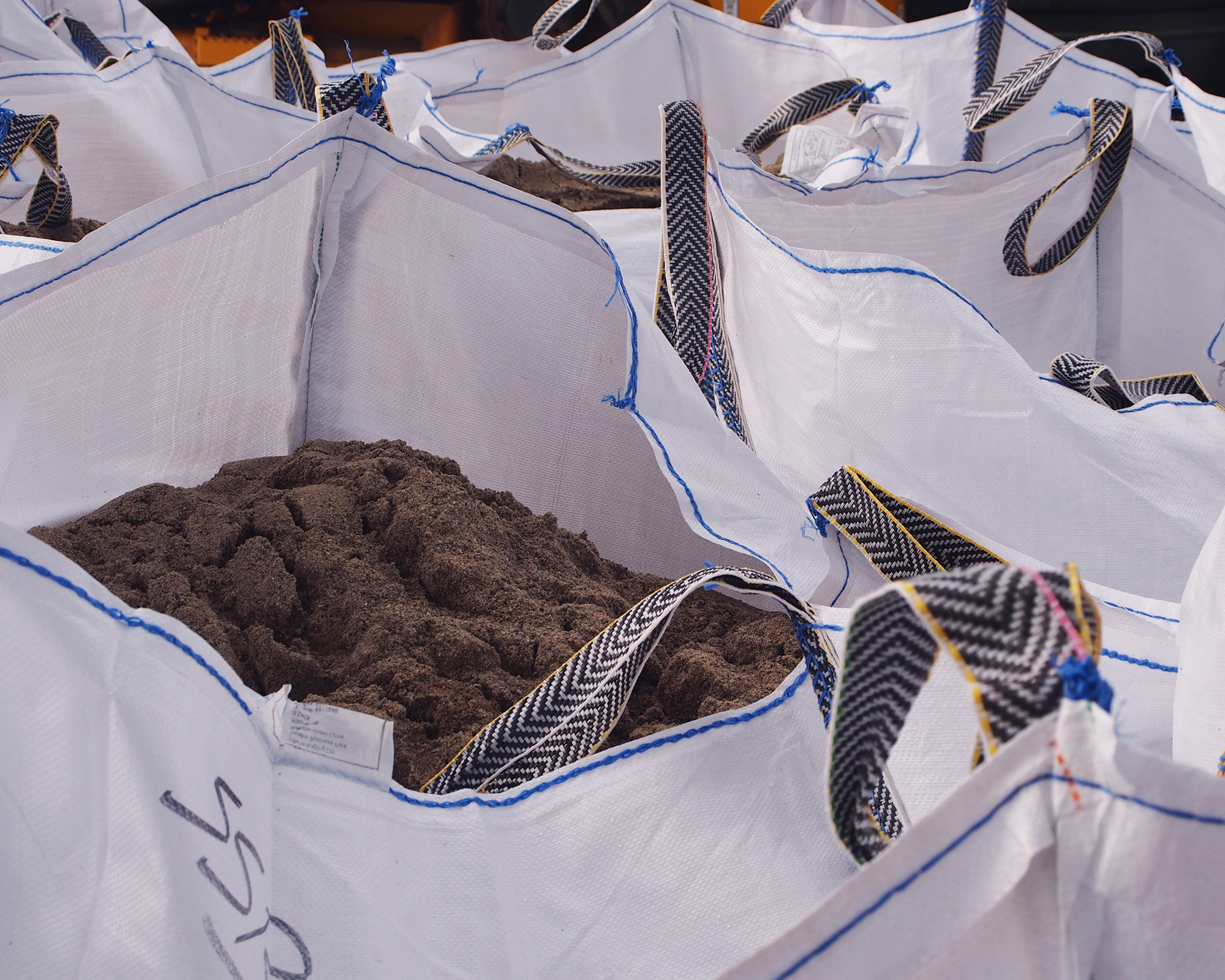
Buying Soil in Bulk
Another way to fill a raised garden bed cheaply is to buy soil in bulk. On average, bulk materials are cheaper than bagged soil. This is the best option if you want to fill a large surface area and plant it up quickly.
Always use a reputable supplier and be wary of delivery fees that could make the soil more expensive.
Any soil that is acquired can be amended if necessary. To improve garden soil, first assess the soil type then add a corresponding type to loosen, add nutrients, or enhance composition. For example, compost to sand; sand to clay.
Other additives might be leaf litter, peat moss, rice hulls, coconut coir, and composted bark.
Making Your Own Soil
Making your own raised bed soil is by far the most inexpensive method of filling raised beds. However, it will take some time before the bed is ready for planting.
A lasagne box garden is almost free to make. It takes months to have usable soil, but it can be done in situ, meaning the finished product will be right where you want it.
Inside the raised bed, layer brown and green materials. These provide a mixture of carbon and nitrogen. The brown layers need to be twice as thick as the green materials.
In some cases, brown materials may be in short supply, but newspaper or cardboard are excellent carbon sources. Dry leaves, peat, eggshells, small pieces of twig, and hay are other brown options.
Green materials include kitchen scraps, compost, coffee grounds, and grass clippings.
After a few months, the area is ready to plant. Additional amendments such as manure, worm castings, or fertilizer will greatly enhance the bed before planting.
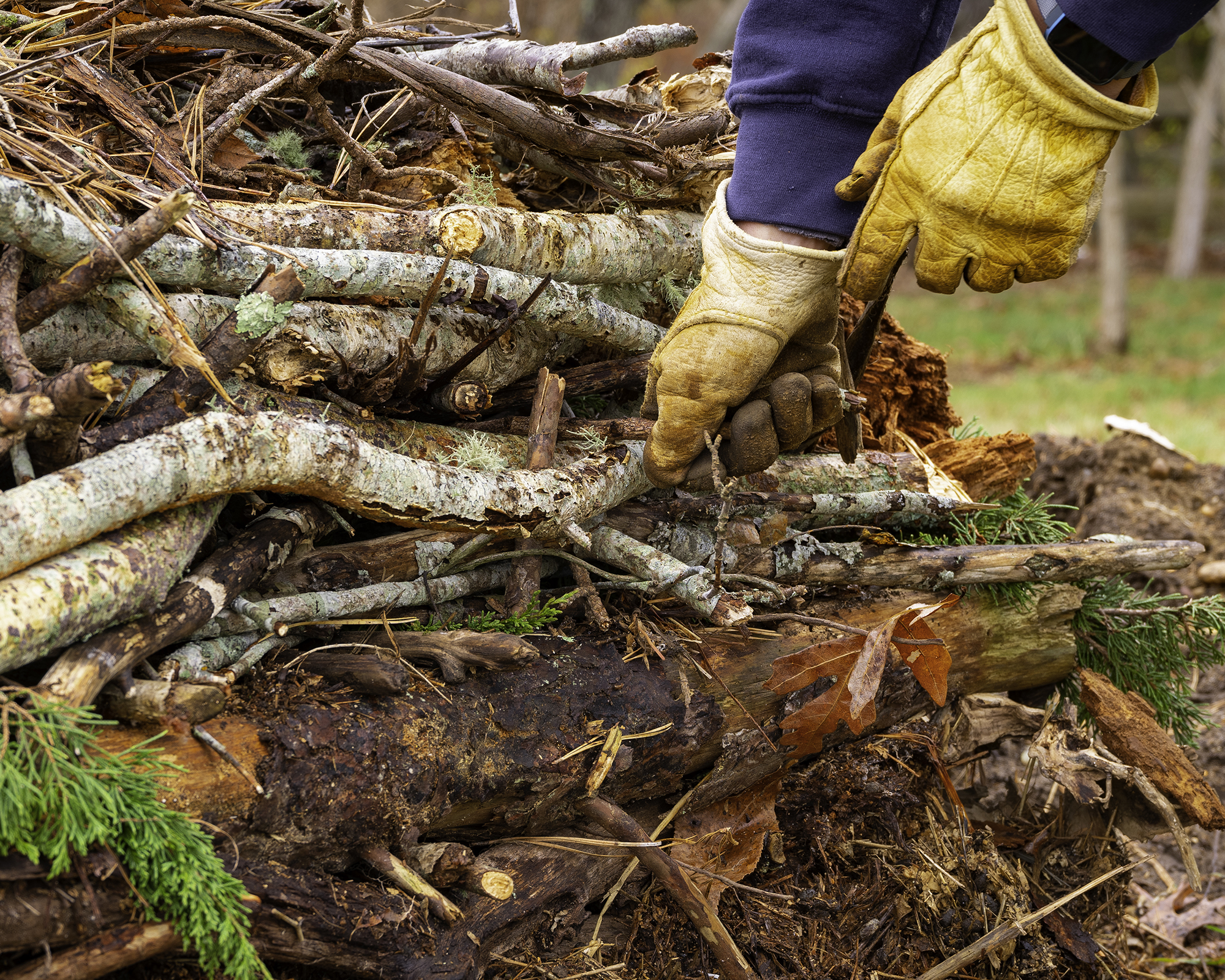
Halve The Cost With a Hugelkultur Base
Take inspiration from the Hugelkultur system and layer woody material and other organic material in the bottom half of your raised bed, and then fill the top half with soil. This traditional Eastern European gardening method results in bigger, more productive crops.
Over time, the matter in the lower layers will break down to create a rich, moist but free-draining growing base.
In the base of your raised bed, fill the hole with logs, twigs, and branches, and add some brown material, leaves, grass clippings, as well as organic matter such as well-rotted manure and homemade compost. Give these a thorough watering.
If you want to plant your bed immediately, avoid adding too much green material or kitchen scraps, as you are not looking to make a compost heap that will heat up.
Fill the top half of the raised bed with new soil, mixed with any amendments as required. Give it another thorough watering.
Plant up your bed, and as the new plants establish the lower matter will begin to break down to accommodate the roots as they develop.
This article features products available from third-party vendors on the Gardening Know How Shop.

Bonnie Grant is a professional landscaper with a Certification in Urban Gardening. She has been gardening and writing for 15 years. A former professional chef, she has a passion for edible landscaping.
- Melanie GriffithsSenior Editor
-
 Looking For Plants To Give You The Soft And Fuzzies? Try These 5 Fuzzy Leaf Plant Options
Looking For Plants To Give You The Soft And Fuzzies? Try These 5 Fuzzy Leaf Plant OptionsLovers of texture, drama, silver foliage and tactile plants will adore these special sensory garden additions. These fuzzy leaf plant options will leave you all aglow
By Susan Albert
-
 Get Ready For A Summer Of Hummers! Grow These Full Sun Hummingbird Plants and Flowers
Get Ready For A Summer Of Hummers! Grow These Full Sun Hummingbird Plants and FlowersIf you’re lucky enough to enjoy a sunny backyard, make sure you are maxing out on your pollinator opportunities and grow these full sun hummingbird plants and flowers
By Tonya Barnett
-
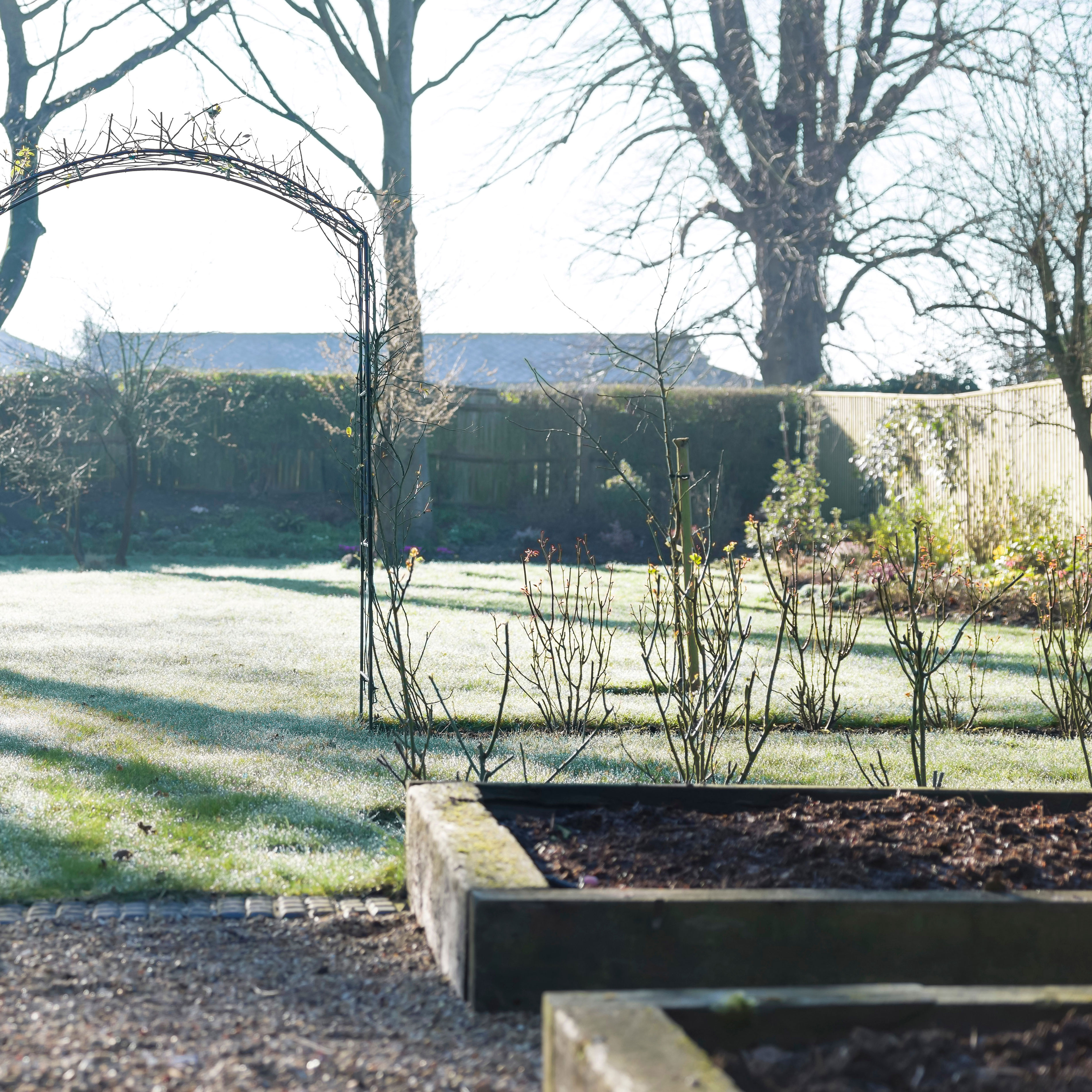 Winterizing Raised Beds: How To Protect Your Raised Bed Gardens In Winter
Winterizing Raised Beds: How To Protect Your Raised Bed Gardens In WinterKeeping raised beds protected in winter will ensure that you can hit the ground running in spring. Our guide to winterizing raised beds will help you get ready
By Mary Ellen Ellis
-
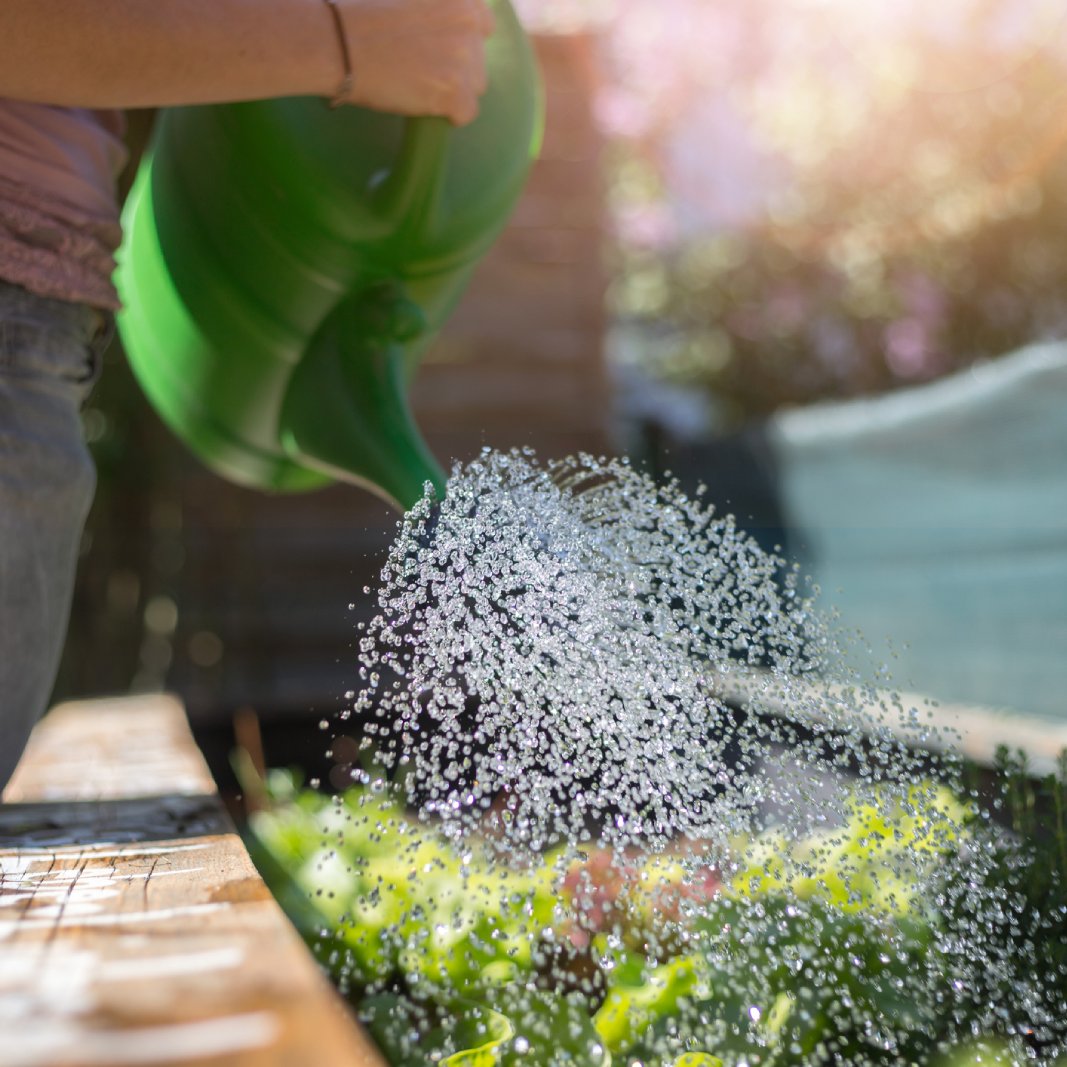 Do Raised Garden Beds Need Drainage?
Do Raised Garden Beds Need Drainage?Before building or buying garden beds, consider how raised garden bed drainage can make a difference for your soil and plants.
By Mary Ellen Ellis
-
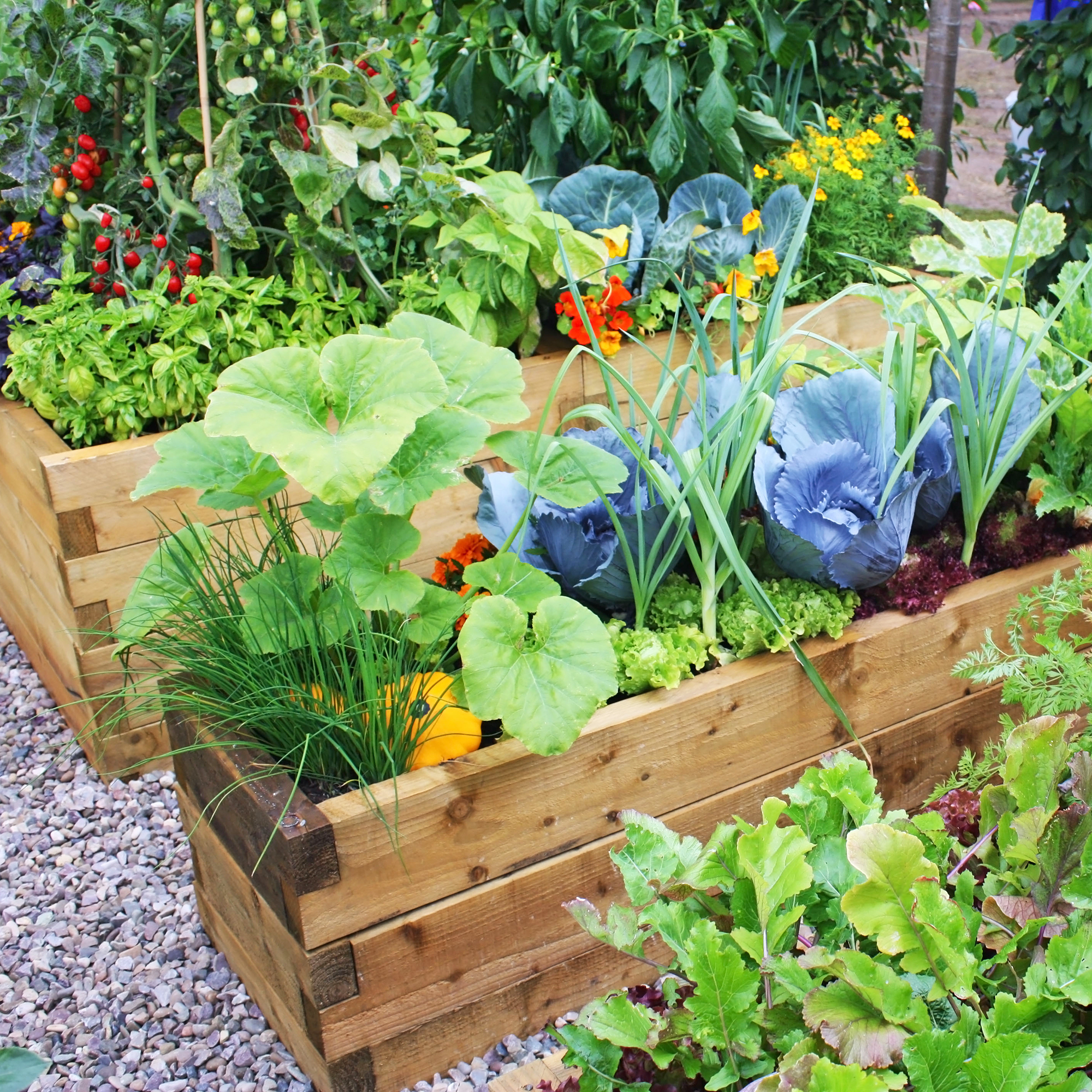 16 Unique Raised Garden Bed Ideas For Every Landscaping Need
16 Unique Raised Garden Bed Ideas For Every Landscaping NeedDiscover creative ideas for raised garden beds that are practical and beautiful. These clever solutions are perfect for growing vegetables, flowers, and more.
By Amy Grant